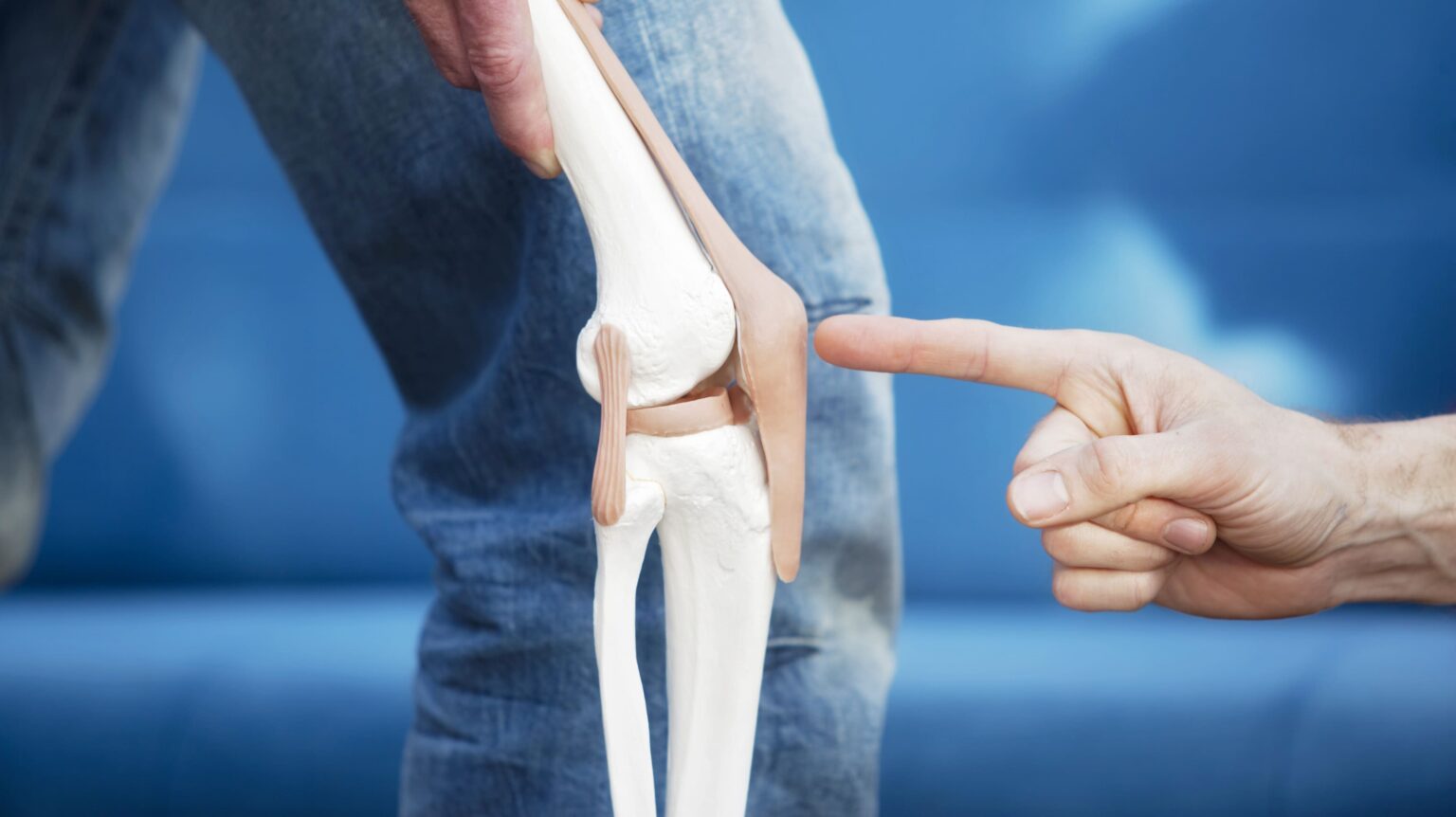SCHEDULE AN APPOINTMENT WITH US
Are Your Symptoms Affecting Your Quality Of Life?
Consult our MOH-accredited orthopaedic specialist for a detailed consultation & personalised treatment plan today.

Knee tendon injuries involve damage to the tendons surrounding the knee joint. Tendons are strong, fibrous tissues that connect muscles to bones, stabilising the joint and enabling movement.
The most commonly injured tendons in the knee are the patellar tendon, which connects the kneecap (patella) to the shinbone (tibia), and the quadriceps tendon, which connects the quadriceps muscle to the kneecap. These injuries often result from overuse, sudden movements, or direct trauma causing pain, swelling, and difficulty with movement.
Knee tendon injuries can cause a range of symptoms, depending on the severity of the damage. Common symptoms include:
Knee tendon injuries are often caused by activities or events that place excessive stress on the tendons. Common causes include:
Knee tendon injuries can range from mild strains to complete tears. Common types include:
The quadriceps tendon connects the quadriceps muscle, located at the front of the thigh, to the kneecap, which helps straighten the knee during activities like walking, running, and jumping.
The patellar tendon connects the kneecap to the shinbone and allows for knee extension during activities like kicking, running, and jumping.
The hamstring tendons connect the hamstring muscles at the back of the thigh to the bones in the knee. Hamstring tendon injuries often occur during activities that involve sudden sprinting or stopping. Strains or tears in the hamstring tendons can cause pain in the back of the knee and thigh.
Diagnosing a knee tendon injury involves a physical examination of the knee and imaging tests to assess the extent of the damage.
SCHEDULE AN APPOINTMENT WITH US
Consult our MOH-accredited orthopaedic specialist for a detailed consultation & personalised treatment plan today.
Non-surgical treatments are often recommended for mild to moderate injuries, such as strains or partial tears, where rest and rehabilitation can help the tendon heal.
In the early stages of an injury, RICE helps reduce pain and swelling, allowing the tendon to heal. This is typically used for less severe injuries like strains or overuse conditions.
Nonsteroidal anti-inflammatory drugs (NSAIDs), such as ibuprofen, are used to manage pain and reduce inflammation, making it easier to perform daily activities. However, long-term use should be monitored due to potential side effects.
Physical therapy involves exercises to strengthen the muscles around the knee, supporting the joint and reducing pressure on the injured tendon. This helps improve knee stability and aids in recovery. It is necessary to follow the physical therapist’s guidance, as incorrect exercises or overexertion can worsen the injury.
Surgical options are usually reserved for more severe cases, such as complete tears, or when non-surgical treatment fails to restore knee function.
For more severe injuries, such as complete tendon tears, surgery may be required to repair the damage. The surgeon attaches the torn tendon to the bone, restoring the tendon’s ability to support and stabilise the knee. Recovery typically involves several months of rehabilitation, during which physical therapy is recommended to regain strength and flexibility.
This minimally invasive procedure allows the surgeon to examine and repair the injured tendon through small incisions, causing minimal disruption to surrounding tissues. Arthroscopy may lead to shorter recovery times, less scarring, and a quicker return to activity, but recovery can vary based on the injury.
Regular exercises that strengthen the muscles around the knee can stabilise the joint and lower the chances of tendon injuries.
Proper warm-up and stretching before physical activities improve flexibility and reduce tendon strain.
Allowing time for rest and recovery between intense activities can help prevent overuse injuries and allow the tendons to heal properly.
Monday – Friday: 9.00am – 6.00 pm
Saturday: 9.00am – 1.00pm
Sunday & PH: CLOSED
Monday – Friday: 9.00am – 6.00 pm
Saturday: 9.00am – 1.00pm
Sunday & PH: CLOSED
Get Started
Yes, knee tendon injuries are more common in sports or activities that involve repetitive jumping, running, or sudden changes in direction, such as basketball, volleyball, or football. Overuse injuries, such as patellar tendonitis, are particularly common in athletes who frequently put stress on their knees.
The length of rest depends on the severity of the injury. For mild strains or tendonitis, rest may be needed for a few days to a few weeks, along with physical therapy. For partial or complete tears, rest and recovery could take several weeks to months, especially if surgery is involved. Consult a healthcare provider or physiotherapist before resuming activity to avoid re-injury.
Yes, if knee tendon injuries are not properly treated, they can lead to chronic pain, decreased mobility, and further damage to the tendon or surrounding structures. In severe cases, untreated tendon injuries can cause permanent instability in the knee, making it difficult to engage in regular physical activity without discomfort or risk of further injury.